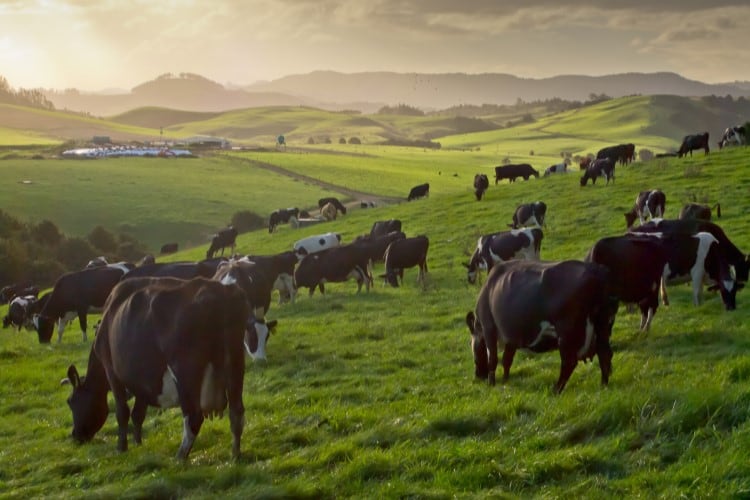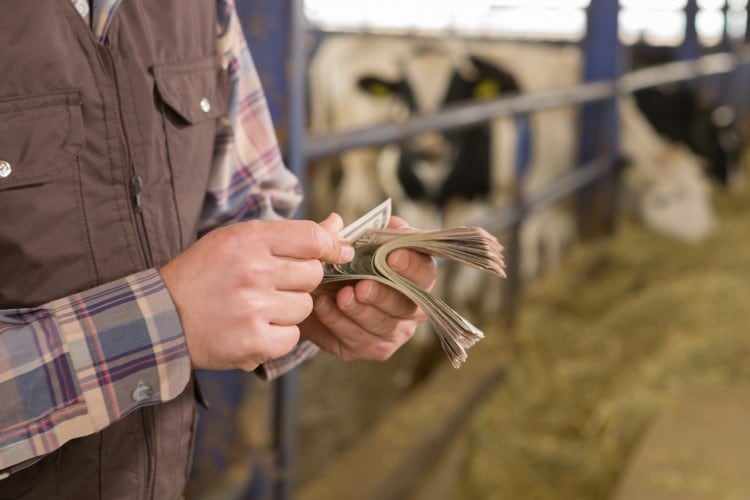The New Zealand dairy co-operative will receive NZ$90m through the Government Investment in Decarbonising Industry Fund to use towards exiting coal power. The additional funding – which will supplement around NZ$700m of Fonterra’s own investment – has given the co-op the confidence to lift its 2030 scope 1 and 2 emission reduction targets from 30% to 50%.
“This agreement with the government enables us to accelerate our work towards getting out of coal. It means we can explore multiple technologies to help ensure we efficiently phase out of coal across our New Zealand sites, building resilience into our operations along the way,” a Fonterra spokesperson told us.
Achieving the new target will require Fonterra to undertake energy efficiency improvements and fuel switching to renewable energy source activities across its milk collection fleet and manufacturing sites, with a focus on the six where it uses coal. Those sites are Waitoa in the North Island and Takaka, Darfield, Edendale, Studholme and Clandeboye in the South Island. “The majority of these sites are in the South Island, where the access to renewable energy can be more challenging,” Fonterra’s spokesperson explained. “When we look to convert a site, there’s a number of factors that need to line up: the ability to keep processing milk, security of fuel supply, the relatively short time period we have to complete the project during our winter shut period and the capability available to carry out the work.”
DairyReporter understands that Fonterra is exploring the potential to adopt biomass, electrification and heat pump technology at the Clandeboye and Edendale sites, and hot water heat pumps, steam heat pumps, biomass conversions such as black pellets, and electrode boilers across the other sites.
Fonterra is targeting an exit from coal power by 2037, a target set out in 2021 before the government funding was provided. While Fonterra hasn’t pushed this target forward, the co-op is confident in making enough progress to lift its 2030 scope 1 and 2 reduction targets by 20%.
CEO Miles Hurrell said the organization’s transition to renewables was ‘was underway’. “Over the past five years, we have carried out decarbonization projects at five different sites and we’re looking forward to continuing this momentum. Accelerating our plans will help Fonterra continue to present our customers with the world’s lowest carbon dairy at scale. It will also contribute to New Zealand meeting its climate targets while delivering benefits across regional New Zealand, such as job opportunities in local communities.”
The missing scope 3
While scope 1 emissions are ‘direct’ emissions that come from sources controlled by the companies themselves, scope 2 and 3 emissions are caused by indirect sources, such as activities that occur in the supply chain. In dairy, scope 3 emissions – which include those produced at farm level - contribute around 95% of all emissions in the value chain, making them the most important and difficult ones to tackle. A 2022 ING analysis of the targets of the 50 largest dairy and meat companies in Europe and North America showed that only 20 of these had set out a scope 3 target.
Fonterra is yet to publish its scope 3 emissions reduction target, but is expected to announce it ‘soon’. Asked what is causing the hold-up, a spokesperson for the co-op said: “We’ve been out talking to farmers about it and it’s taking us longer than anticipated to work through the feedback, however we’re pleased to see so many farmers engaged in this topic and wanting to learn more.”
How do Fonterra’s targets stack up?
According to the ING analysis, on average dairy companies aim to reduce their scope 1 and 2 emissions by 40% by 2030. This puts Fonterra’s commitment ahead of the category average, but behind some global dairy companies such as Arla Foods and FrieslandCampina (both targeting 63% scope 1&2 reductions).
The report also noted that only some of these targets were independently verified by bodies like the SBTi, and that 35% of the companies have not published their targets publicly. Fonterra is said to be working to align its targets to the Science Based Target initiative, which provides companies with a clearly-defined pathway for reducing their emissions in line with the goals of the 2015 Paris Agreement, i.e. limiting global warming to 1.5 °C.



